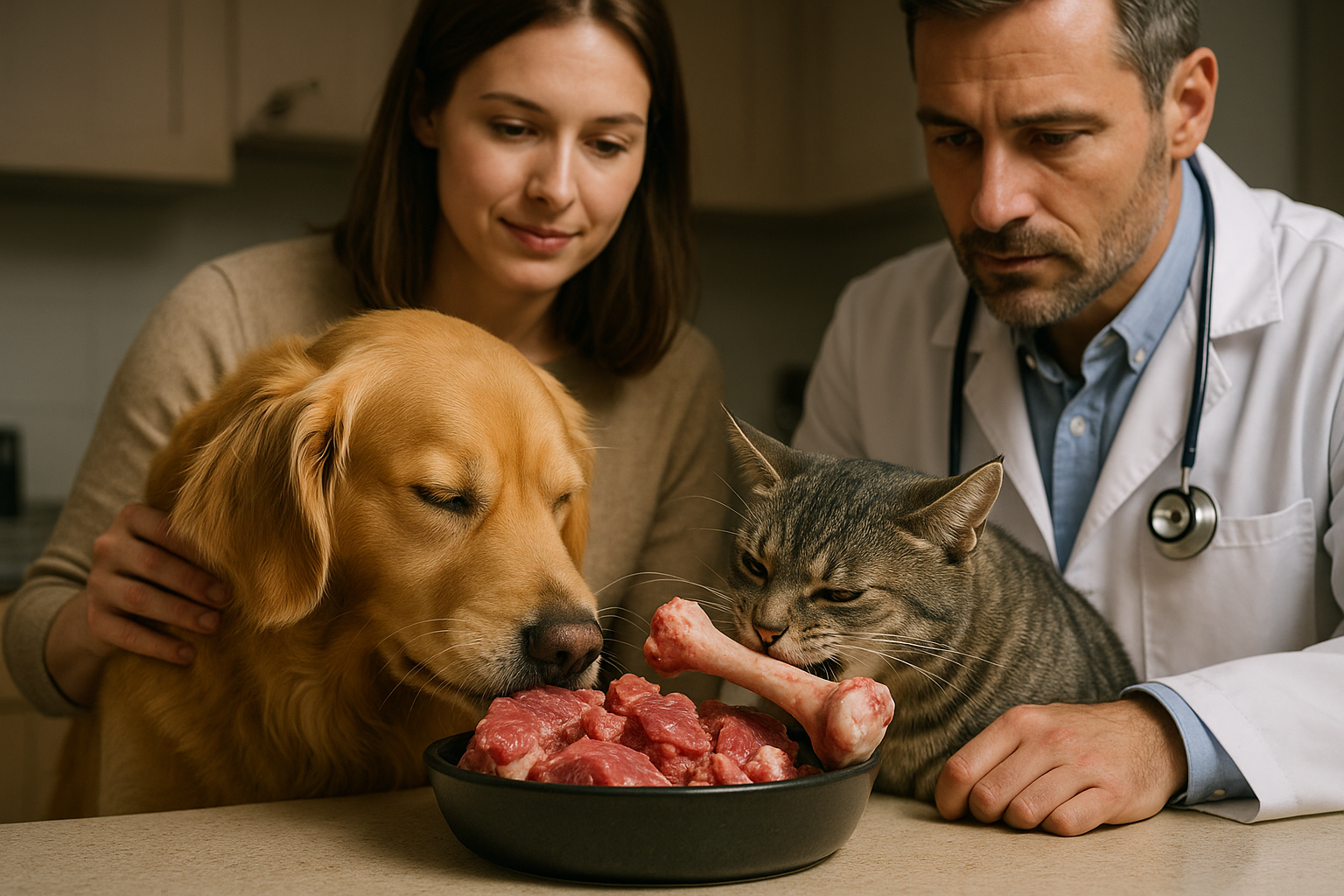Foods That Can Be Harmful to Cats in the United States in 2025
Did you know that some common human foods may negatively affect your cat’s health? Being aware of these potentially harmful items is essential to avoid digestive issues, toxic reactions, or serious long-term health complications in feline companions.

Onions, Garlic, and Chives: Silent but Severe Threats
All forms of onions, garlic, and chives — whether raw, cooked, powdered, or dehydrated — are highly toxic to cats. These contain sulfur compounds like thiosulfate, which damage red blood cells and can cause hemolytic anemia. This condition often leads to fatigue, lethargy, vomiting, diarrhea, decreased appetite, and may progress to kidney damage.
- Sources of Danger: Baby foods, “natural” flea remedies, and many kitchen dishes often contain these ingredients, putting cats at risk.
- Symptoms Onset: Anemia signs can appear from 12 hours up to 5 days post-ingestion.
- Action: Immediate veterinary care is necessary if ingestion is suspected.
Chocolate and Caffeine: Potent Poisonous Stimulants
Chocolate and caffeinated products contain methylxanthines such as theobromine and caffeine, which cats cannot metabolize effectively.
- Toxic Varieties: Dark chocolate, baking chocolate, and cocoa powder have the highest toxic concentrations.
- Health Risks: Vomiting, diarrhea, hyperactivity, abnormal heart rhythms, seizures, and potentially death.
- Additional Risk: Coffee grounds and caffeinated drinks are similarly hazardous, even in small quantities.
Xylitol: A Hidden Danger in Sweeteners and Common Products
Xylitol, a sugar substitute widely used in gum, candies, nut butters, diabetic foods, and toothpaste, may be dangerous for cats.
- Effects: Can cause rapid hypoglycemia (low blood sugar), lethargy, lack of coordination, liver failure, seizures.
- Current Understanding: Although well-documented in dogs, xylitol toxicity in cats is not fully proven but is treated with high caution.
- Recommendation: Avoid any xylitol-containing products completely from your cat’s environment.
Alcohol and Yeast Dough: Rapid Absorption and Serious Risks
Even small amounts of alcohol are dangerous to cats due to their body size and metabolism.
- Alcohol Effects: Vomiting, incoordination, respiratory distress, tremors, coma, or death.
- Yeast Dough: Raw bread dough can expand in the stomach causing painful bloating; fermentation in the stomach also produces alcohol, compounding toxicity.
- Emergency Response: Immediate vet intervention is critical when alcohol or yeast ingestion is suspected.
Raw Meat, Fish, and Eggs: Infection Risks and Nutritional Considerations
Raw animal foods can carry harmful bacteria such as Salmonella and E. coli, posing food poisoning risks.
- Eggs: Raw eggs contain avidin, an enzyme that inhibits biotin (a B vitamin) absorption, which can lead to coat and skin problems.
- Raw Fish: Contains enzymes that destroy thiamine (vitamin B1), essential for nerve function. Thiamine deficiency can cause neurological symptoms including seizures or coma.
Bones: Choking and Internal Injury Hazards
Whether raw or cooked, bones present serious risks.
- Dangers: Splintering, choking, obstruction, mouth injury, or internal perforations of the gastrointestinal tract.
- Additional Risk: Meat packaging strings or ties can lead to intestinal blockage, requiring surgical removal.
Milk and Dairy Products: Digestive Upsets and Pancreatitis Risk
Most adult cats partially or completely lack the enzyme lactase that breaks down lactose in milk.
- Symptoms: Diarrhea, gas, and stomach upset are common after dairy consumption.
- Pancreatitis: High-fat dairy products can trigger pancreatic inflammation, causing vomiting, diarrhea, abdominal pain, lethargy.
- Tolerance: Some cats tolerate small amounts of plain cheese or yogurt, though dairy is generally best avoided.
Grapes, Raisins, and Currants: Possible Kidney Concerns
While well-documented as toxic to dogs, the effects on cats are less clear.
- Preventive Advice: Due to unknown toxic dosages and potential kidney risks, grapes, raisins, currants, and related foods (e.g., raisin bread) are generally recommended to be avoided.
High-Fat and Rich Foods: Pancreatitis Concerns
Cats may enjoy fatty scraps like those from cooked meats, but such indulgences can cause health issues.
- Symptoms of Pancreatitis: Vomiting, diarrhea, abdominal pain (often seen as a hunched posture), lethargy, loss of appetite.
- Severity: This condition can worsen rapidly and might require intensive veterinary care.
Spoiled and Moldy Foods, Certain Plants, and Other Risks
- Moldy Foods: Can contain mycotoxins that lead to severe illness or death.
- Certain Plants: Avocado (persin), lilies, azaleas, sago palm, and others are toxic if ingested.
- Household Hazards: Alcohol-based products and xylitol-containing items often found in homes should be kept away from cats.
Summary of Safe Feeding Practices
- Cats need a diet tailored for obligate carnivores: high-quality commercial cat food meeting AAFCO standards.
- Human foods are generally unnecessary and can be harmful.
- Treats should be specifically formulated for cats and given sparingly.
- Always consult your veterinarian before introducing new foods.
Immediate Actions if Your Cat Ingests Potentially Harmful Foods
If your cat consumes any of the following—onion, garlic, chives, chocolate, caffeine, xylitol, alcohol, yeast dough, grapes, raisins, or any suspicious human food—contact your veterinarian or an animal poison control hotline promptly. Early intervention can be important for health outcomes.
Protecting your feline companion in 2025 involves staying informed about foods that may pose risks. Keeping those foods out of reach and feeding cats a nutritionally appropriate diet are important steps to support their ongoing health and happiness.
Sources
- ASPCA People Foods to Avoid Feeding Your Pets
- PetPlace: The Ultimate Guide to What Cats Can’t Eat
- Cats.com: 13 Human Foods That Are Poisonous & Toxic to Cats
Disclaimer: All content, including text, graphics, images and information, contained on or available through this web site is for general information purposes only. The information and materials contained in these pages and the terms, conditions and descriptions that appear, are subject to change without notice.



